Anish Kapoor on myth, meaning and melancholia
British-Indian sculptor Anish Kapoor gets confessional for a new documentary, Under the Skin

‘It isn’t just what you see, there’s a lot of unseen,’ says Anish Kapoor in Under the Skin, his new documentary directed by Martina Margaux Cozzi. He is referring to the city of Rome, with its multiple layers of history that reveal themselves upon careful examination, but he could also well be talking about his own artistic output.
Filmed in 2016 as Kapoor prepared for a solo exhibition at the Museo d’Arte Contemporanea Roma (Macro), the documentary has the artist reflecting on diverse themes including physical and psychological space, the role of the viewer, the merits of repetition and ritual, and of course, the colour red (‘incredibly alive, while speaking to a darkness that we know about ourselves’). Though pitched as ‘a conversation with Anish Kapoor’, the questioner’s voice is absent throughout. All we hear is Kapoor’s unguarded, confessional musings, offering hitherto unseen insights into his creative universe.
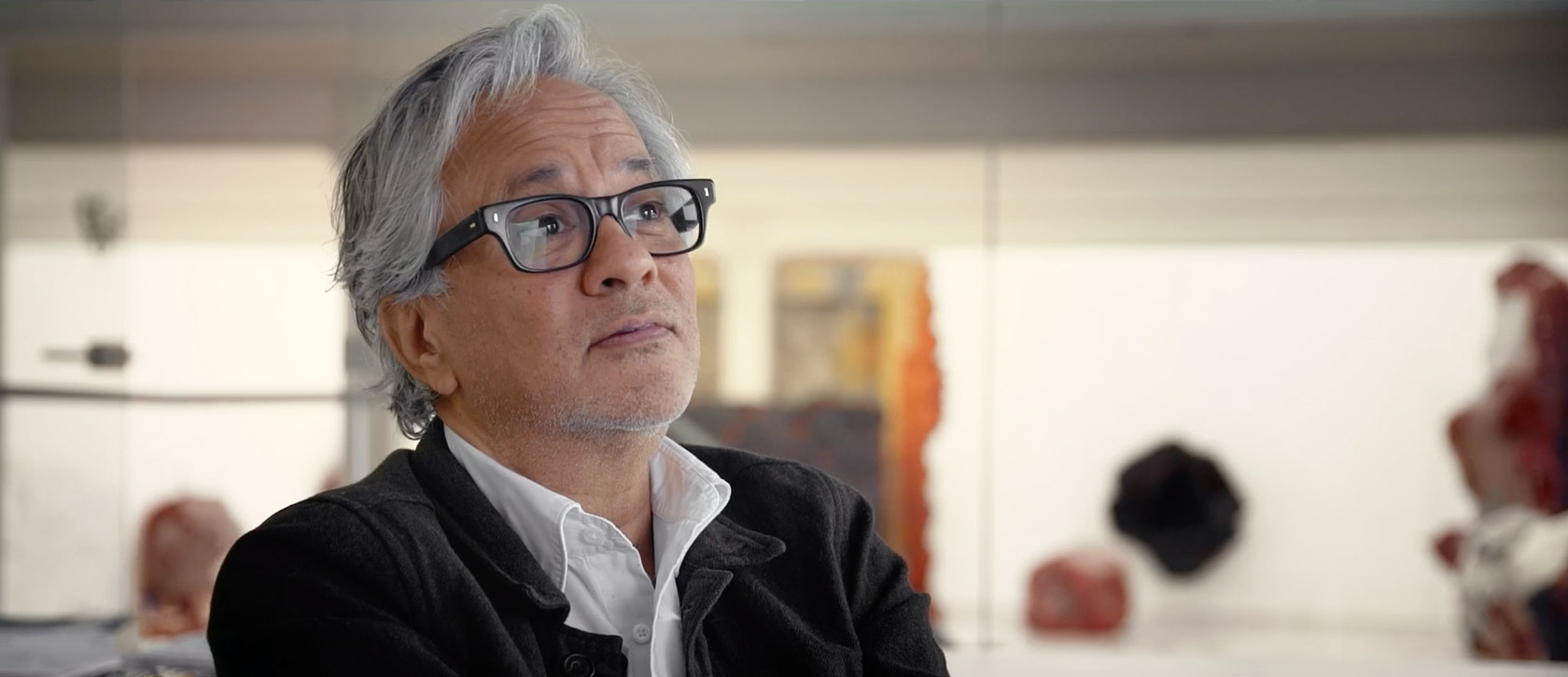
Sculptor and installation artist Anish Kapoor, as seen in the new documentary Under the Skin, directed by Martina Margaux Cozzi
The discussion of Rome not only gives geographical context to the documentary, but also segues into the ways in which Kapoor’s work responds to the artistic tradition. He discusses the myth of Marsyas, the satyr who challenged Apollo to a musical duel, lost, and was flayed as punishment. The story is famously portrayed in Titian’s The Flaying of Marsyas, painted in the 1570s. ‘A horrific image, the removal of the skin, the inside becoming the outside,’ describes Kapoor. His own takeover of the Tate Modern Turbine Hall in 2003 was similarly titled Marsyas: three giant steel rings joined together by a dark red PVC membrane, ‘stretched like a skin’.
Beyond mythological allusions, though, Kapoor prefers to avoid prescriptive readings of his work. He acknowledges that it may be understood as a critique of culture or war, but ‘that just ties it up in knots and stifles it. I’d much rather it was work about painting itself’. Of his meat paintings – slabs of protruding resin and silicone that bear a discomforting resemblance to flesh – he says, ‘they may be full of red, they may be full of a kind of visceral body thing, there may be melancholia in them, but I don’t think they are saying anything about the condition of pain.’
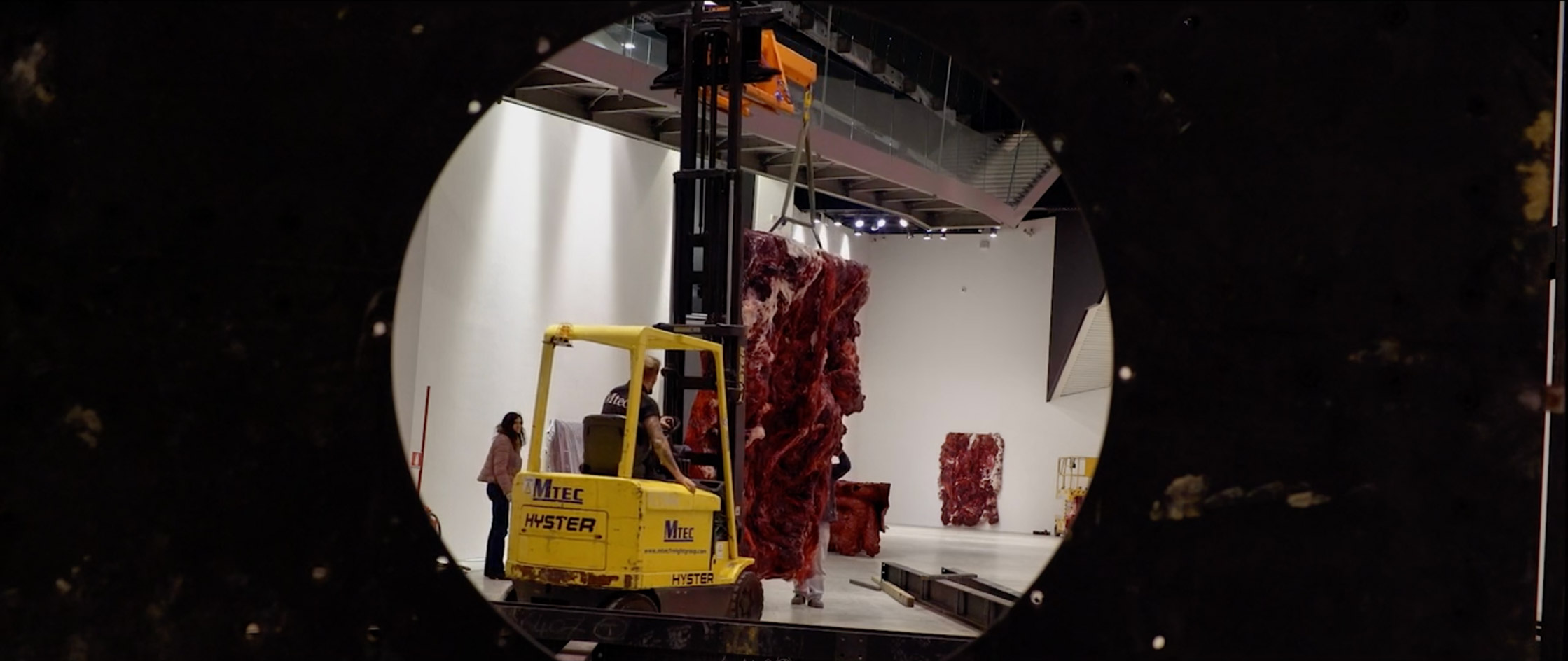
Kapoor's 2016 exhibition at the Museo d'Arte Contemporanea Roma, seen during installation
While the documentary only shows Kapoor in his London Studio – there are clips showing protective suit-clad technicians working on sculptures, and intricate preparatory drawings on the walls, suggesting the complexities of production – and surveying the exhibition at Macro, there is an interlude at the Church of Santo Stefano Rotundo in Rome, with views of its 16th century frescoes portraying scenes of martyrdom. ‘We are, and I somehow include all of us, religious beings, and religion doesn’t necessarily have to be doctrinal. It can also be about a kind of symbolic continuum that life and all its tragedy seems to keep throwing up. And art finds ways of pointing at that,’ Kapoor narrates, in an introspective moment that lingers in the viewer’s mind long after the documentary is over.
Though only 23 minutes long, the documentary gives a strong measure of the wisdom that has animated Kapoor and made him into one of the preeminent artists of our time. It also makes clear that this elder statesman is far from resting on his laurels. There is plenty of experimentation to come: ‘I think I’m a teenager, and I mean that, especially as an artist. I’m willing to try almost everything.’
Watch a seven-minute excerpt of Under the Skin – In Conversation with Anish Kapoor. Courtesy of Lisson Gallery
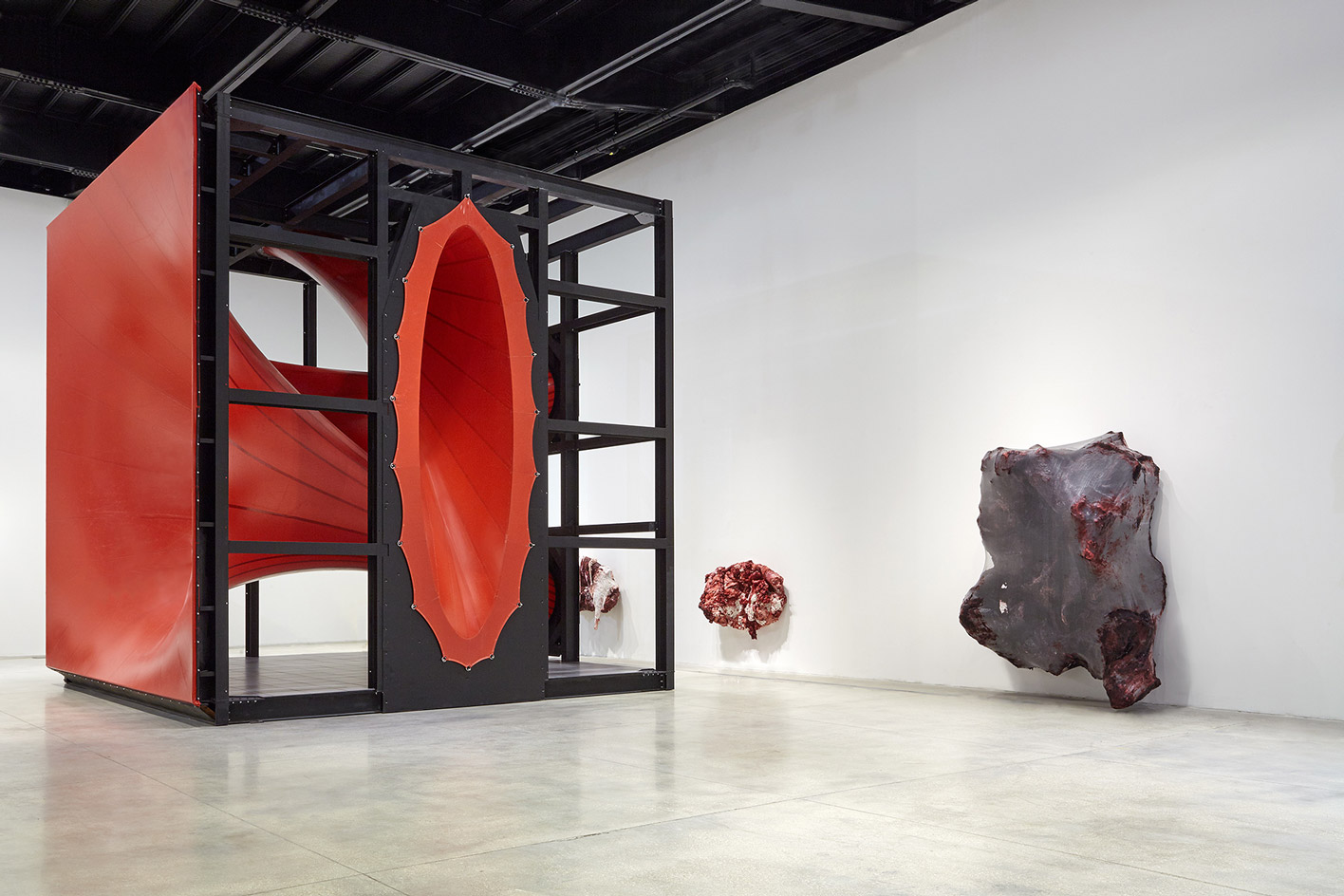
A view of Kapoor's 2016 exhibition at the Museo d'Arte Contemporanea Roma. ©Anish Kapoor. All rights reserved, 2020
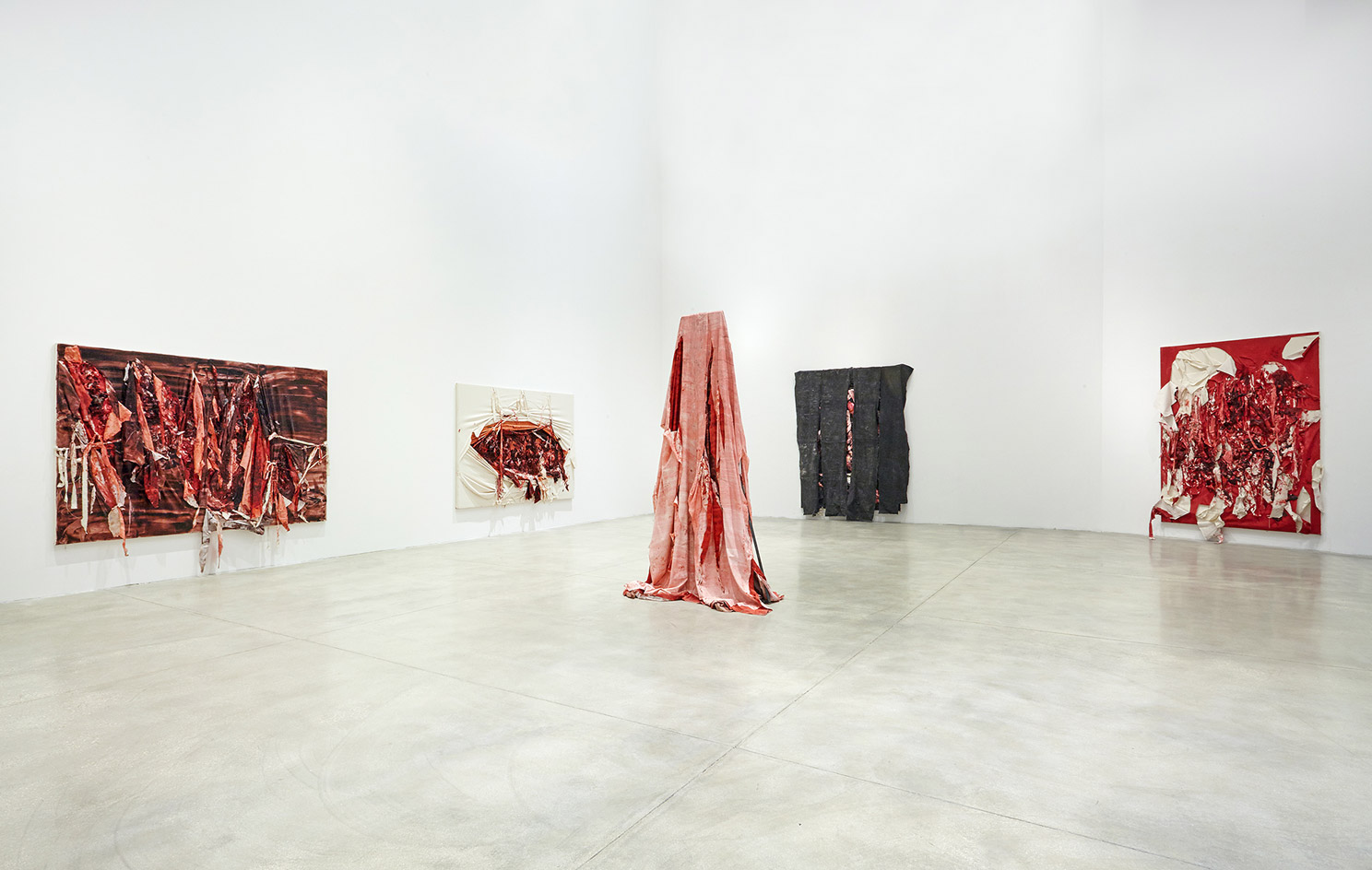
A view of Kapoor's 2016 exhibition at the Museo d'Arte Contemporanea Roma. ©Anish Kapoor. All rights reserved, 2020
INFORMATION
Under the Skin – in conversation with Anish Kapoor is directed by Martina Margaux Cozzi and produced by NSPRD, part of The Aimes and Petite Maison Production. It will have its official release at the Fine Art Film Festival in Venice, California from 8–14 June. veniceica.org
Kapoor showed at the Museo d’Arte Contemporanea Roma from 17 December 2016 to 17 April 2017. anishkapoor.com
Receive our daily digest of inspiration, escapism and design stories from around the world direct to your inbox.
TF Chan is a former editor of Wallpaper* (2020-23), where he was responsible for the monthly print magazine, planning, commissioning, editing and writing long-lead content across all pillars. He also played a leading role in multi-channel editorial franchises, such as Wallpaper’s annual Design Awards, Guest Editor takeovers and Next Generation series. He aims to create world-class, visually-driven content while championing diversity, international representation and social impact. TF joined Wallpaper* as an intern in January 2013, and served as its commissioning editor from 2017-20, winning a 30 under 30 New Talent Award from the Professional Publishers’ Association. Born and raised in Hong Kong, he holds an undergraduate degree in history from Princeton University.
-
 Seven covetable accessories designed to improve your Apple experience
Seven covetable accessories designed to improve your Apple experienceWe present a clutch of cultured accessories for all things Apple, from chargers to cases, straps and keyboard covers
-
 How Abidjan's Young Designers Workshop is helping shape a new generation of Côte d'Ivoire creatives
How Abidjan's Young Designers Workshop is helping shape a new generation of Côte d'Ivoire creativesIn the first in our Design Cities series, we look at how Abidjan's next generation of creatives is being nurtured by an enlightened local designer
-
 A tale of two Audis: the A5 saloon goes up against the A6 Avant e-tron
A tale of two Audis: the A5 saloon goes up against the A6 Avant e-tronIs the sun setting on Audi’s ICE era, or does the company’s e-tron technology still need to improve?
-
 Paris Ballet etoiles Hugo Marchand and Hannah O’Neill to perform at Paradise Art Night during Frieze Seoul 2025
Paris Ballet etoiles Hugo Marchand and Hannah O’Neill to perform at Paradise Art Night during Frieze Seoul 2025A dazzling fusion of dance and contemporary culture awaits as Paris Opera Ballet étoiles join forces with Paradise Art Night during Seoul’s biggest art week.
-
 Rolf Sachs’ largest exhibition to date, ‘Be-rühren’, is a playful study of touch
Rolf Sachs’ largest exhibition to date, ‘Be-rühren’, is a playful study of touchA collection of over 150 of Rolf Sachs’ works speaks to his preoccupation with transforming everyday objects to create art that is sensory – both emotionally and physically
-
 Architect Erin Besler is reframing the American tradition of barn raising
Architect Erin Besler is reframing the American tradition of barn raisingAt Art Omi sculpture and architecture park, NY, Besler turns barn raising into an inclusive project that challenges conventional notions of architecture
-
 What is recycling good for, asks Mika Rottenberg at Hauser & Wirth Menorca
What is recycling good for, asks Mika Rottenberg at Hauser & Wirth MenorcaUS-based artist Mika Rottenberg rethinks the possibilities of rubbish in a colourful exhibition, spanning films, drawings and eerily anthropomorphic lamps
-
 San Francisco’s controversial monument, the Vaillancourt Fountain, could be facing demolition
San Francisco’s controversial monument, the Vaillancourt Fountain, could be facing demolitionThe brutalist fountain is conspicuously absent from renders showing a redeveloped Embarcadero Plaza and people are unhappy about it, including the structure’s 95-year-old designer
-
 See the fruits of Niki de Saint Phalle and Jean Tinguely's creative and romantic union at Hauser & Wirth Somerset
See the fruits of Niki de Saint Phalle and Jean Tinguely's creative and romantic union at Hauser & Wirth SomersetAn intimate exhibition at Hauser & Wirth Somerset explores three decades of a creative partnership
-
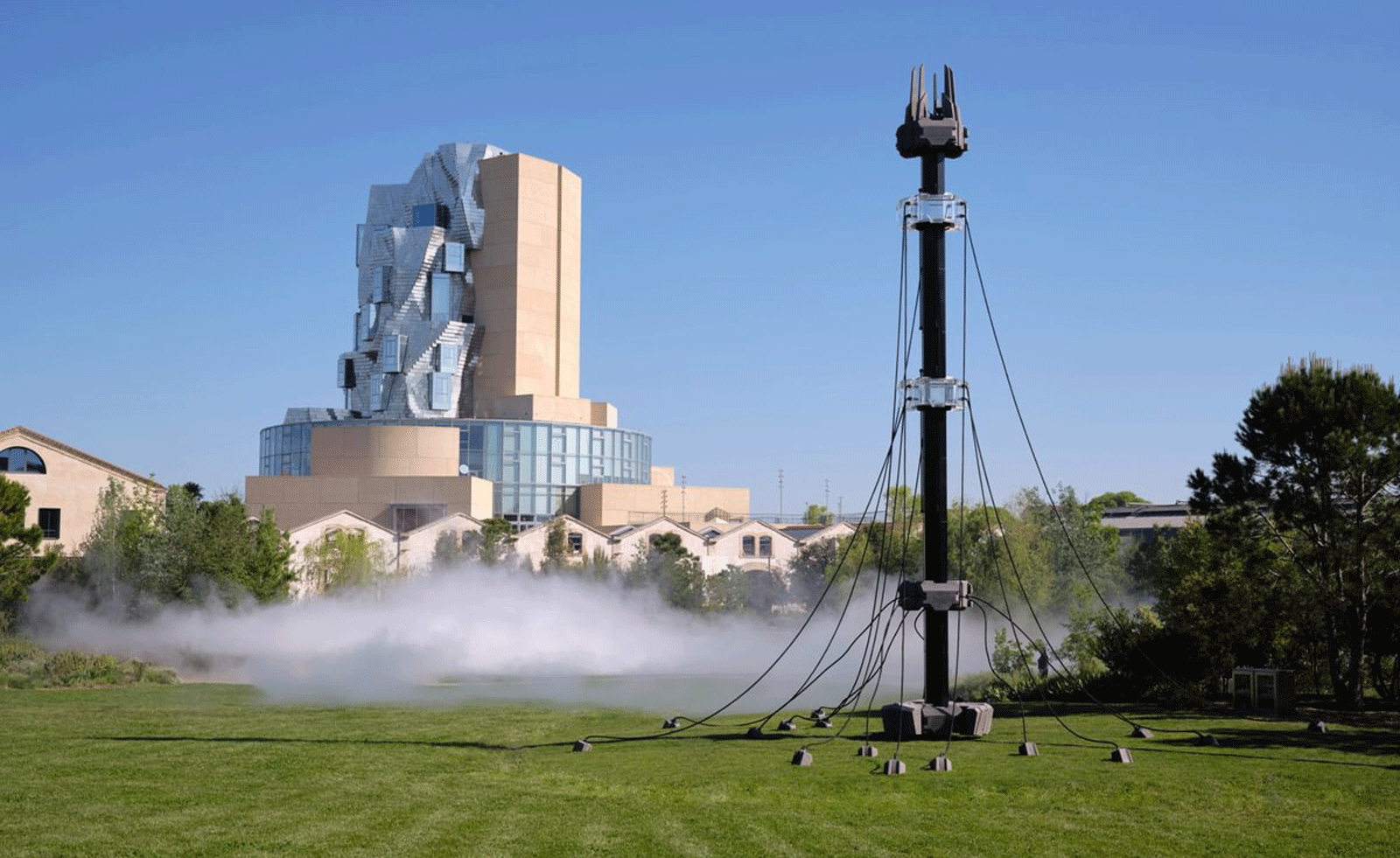 Technology, art and sculptures of fog: LUMA Arles kicks off the 2025/26 season
Technology, art and sculptures of fog: LUMA Arles kicks off the 2025/26 seasonThree different exhibitions at LUMA Arles, in France, delve into history in a celebration of all mediums; Amy Serafin went to explore
-
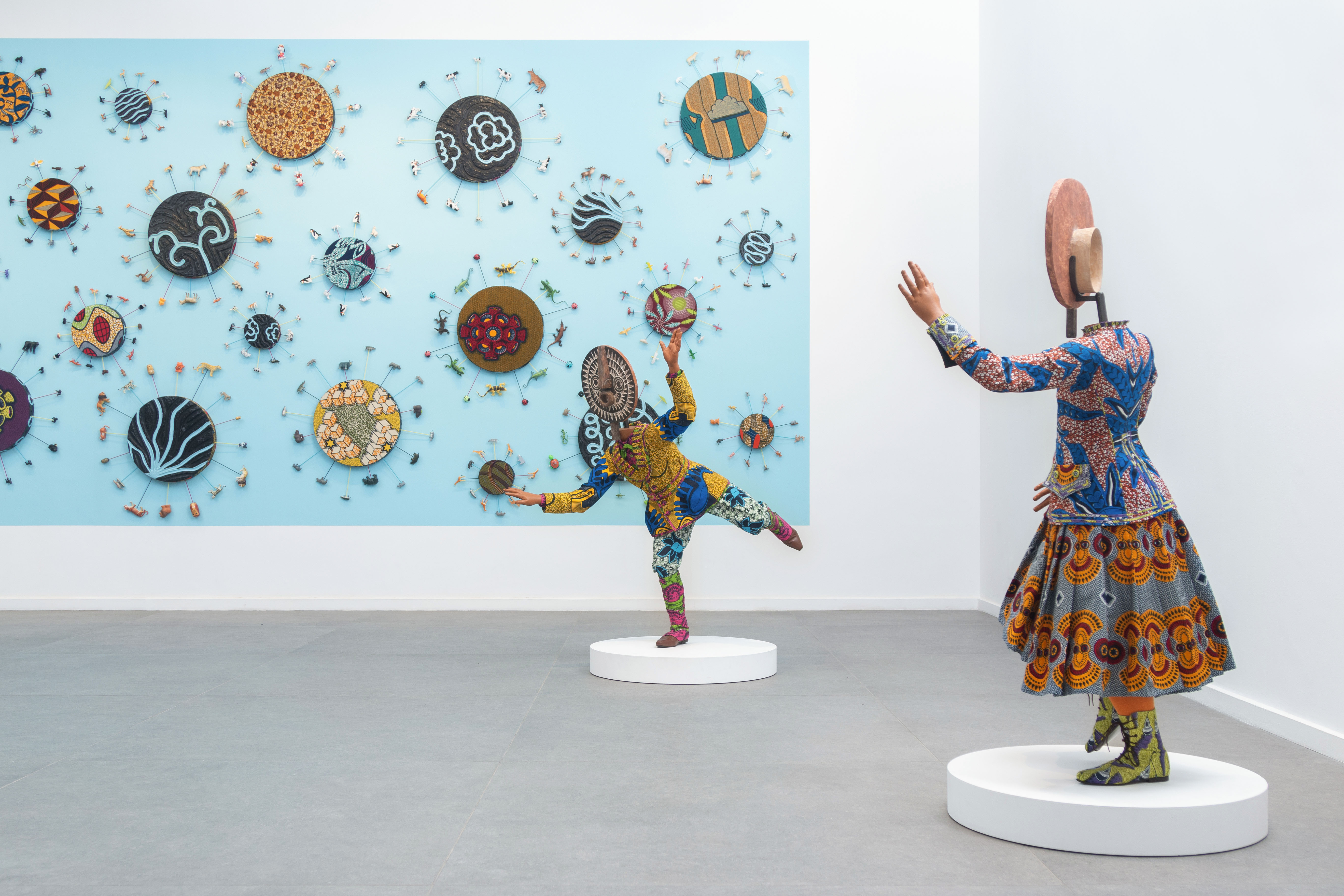 Inside Yinka Shonibare's first major show in Africa
Inside Yinka Shonibare's first major show in AfricaBritish-Nigerian artist Yinka Shonibare is showing 15 years of work, from quilts to sculptures, at Fondation H in Madagascar